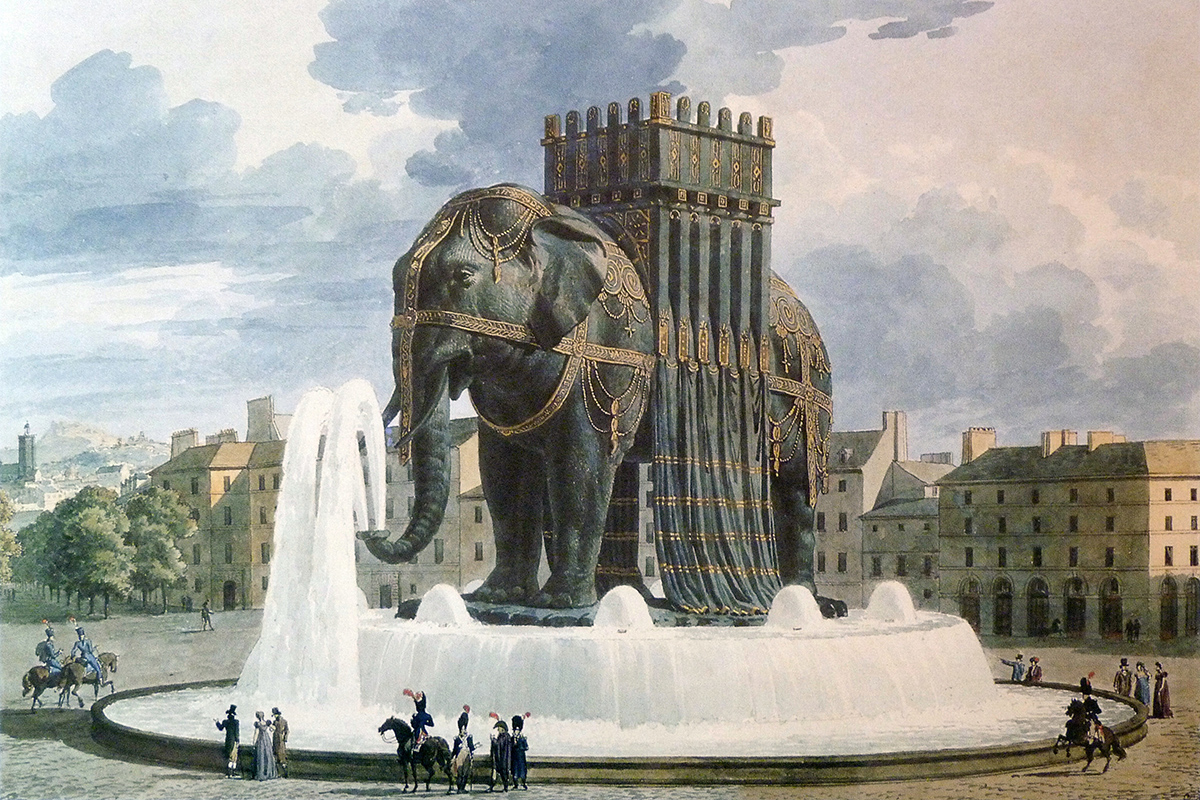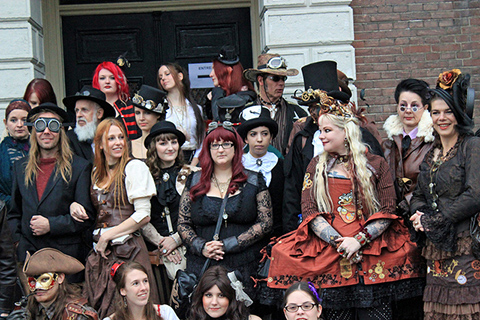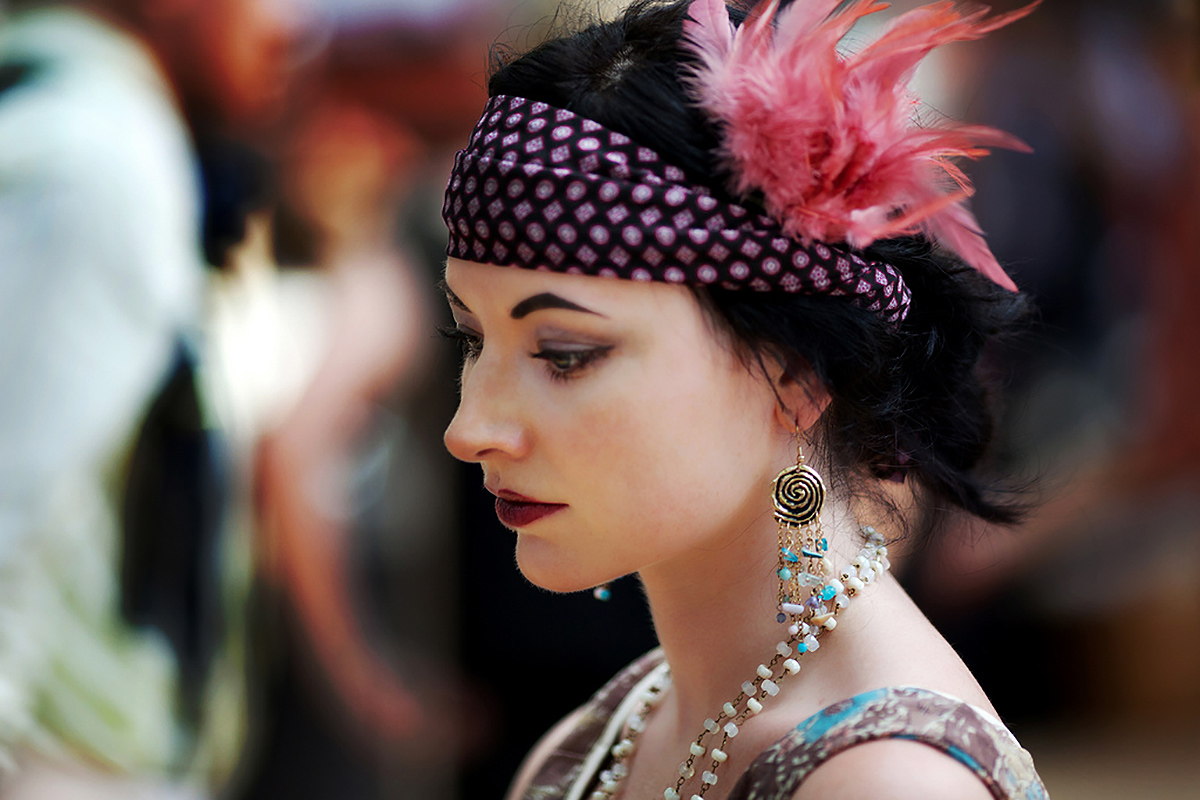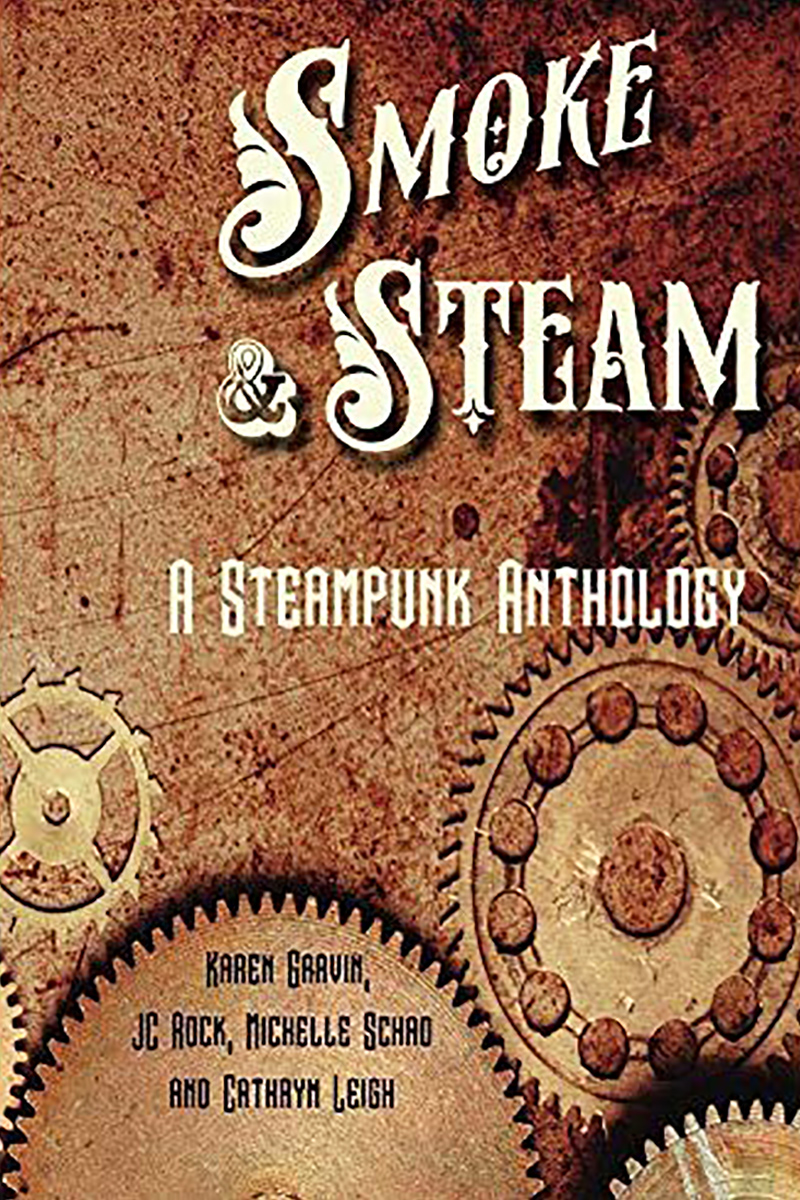This is a companion piece to my series of catalogue book reviews for those wondering which book will suit them best and whether or not it’s something they want to start with.
Now, what is to be taken away from these tomes that give us a visual glimpse in sartorial evolution from 1909 to 1959? Other than how fashion has evolved from the steam into the diesel and atomic eras?
Firstly, you get a good written introduction about each era, if not as thorough as the one in Authentic Victorian Fashion Patterns (our review here), which lists pretty much every garment a lady was supposed to own in the late nineteenth century, in addition to its cost in fabric and work hours if you hired a professional.
These catalogue books contain black-and-white photographs as published back in the days, as well as short description and pricing of each product, but that’s the extent of it. So by no means the end-all volume to your research, but it puts you well on your way should you wish to acquire a full wardrobe.
The volumes are a bit short on menswear. They have everything from undergarments to sportswear to what men wore out and about on the daily, but the books don’t give you a complete impression of the typical man’s wardrobe.
Women’s wear is more extensively covered, but, again, I recommend further research if you want to do more than put together an outfit that is visually appropriate to the era you’re looking to represent.
For ‘punk purposes, whether your fancy is steam (you’ll be limited to 1909-1920s) or diesel (you’ll have the largest choice) or atomic (1950s), these are excellent resources if you want to learn what people wore at the time, so you can add age-appropriate elements to your outfit.
I find them particularly useful, because you often see pieces in contemporary stores that are appropriate to a certain era (think 2020 does 1940s). These books will help you familiarize yourself with those styles, so you can put together a vintage-inspired look without shelling out a lot of cash on vintage reproduction or true vintage.
Although none of the books contain patterns, they can also help you get started if you’re sewing your own garments. They will at the very least give you an idea of what fabrics to be on the lookout for.
If you are interested in fashion history, even just casually, I would absolutely recommend these books, or just the one from the decade that appeals to you the most. For decade-specific reviews, keep an eye on the Fashion History tag in the weeks to come.
If you are very set on diversity, avoid these books like the plague. Because these are historical replicas of actual catalogues from the mid century era, a time in which segreation was very much still a thing. So yes, these catalogues only show white people. Obviously we all know that this is wrong on so many levels, and thankfully we have evolved from those times. But sadly, these were the times and because of that, the books are like that. I by no means agree with this or condone this, but when studying history, even fashion history, we are sadly confronted by these things, and it is no different here. Just remember: vintage style, not vintage values!
I leave you with a fun fashion history fact, and a tiny spoiler for our upcoming series: If you like wearing flats, a nice pair of saddle shoes will have you set from the 1920s to the 1950s. But avoid the leopard and black ones and their ilk if you are going for historical accuracy!




